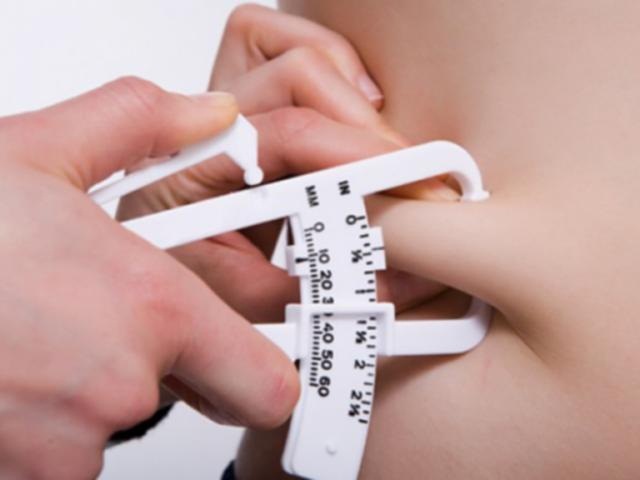Providing your body with a balance of vitamins and minerals is the surest way to set you on the path to your ideal body, and it can be as simple as dividing your meal into five. Dividing your meal into small segments can help you to cover all the food groups properly for fuelling your body and fulfilling each of its needs. The best way to form a balanced meal is with a combo of healthy carbs, fats, proteins and vegetables, and making sure you don’t over indulge on snacks and excess food as you must remember the key to losing weight is to burn more calories than you consume. Here is a break down of these five components from Peak Body;
Drink yourself healthy
Before we break down your five plate components, we need to discuss this simple diet change that can make all the difference. Replacing fizzy drinks with water is a simple but effective dietary change that not only helps your complexion but promotes weight loss. Keeping your body well hydrated is key to increasing your body’s fat burning capabilities.
Try to start your daily water intake early, and don’t just wait till you’re thirsty to drink but keep consistently hydrated, aiming to drink between 3-5 litres or more per day. Drinking plenty of water can also reduce fatigue and suppress your appetite, which is ideal when trying to stop snacking or eating in excess. Another great way to intake water is green tea. Green tea is great for further boosting metabolism and the digestive system, so try switching your morning coffee for one.

Carbs
Most people panic at the word ‘carb’, but they are not to be feared. Carbs are ideal for fuelling your workouts as well as helping you recover from them, and they provide you with daily energy. The only way carbs can be harmful is if you make them and over indulge.
If you over indulge on carbs outside your body’s needs, this is causes you to store fat. We recommend consuming carbs such as sweet potato, quinoa, or brown rice, within one hour of your workout to help with your recovery. However, be sure to cut down slightly on your carb intake on rest days where you don’t need the extra fuel.
Fats
Surprisingly not all fats are bad for you, with some fatty acids being essential for the body as it cannot synthesise them on its own. The body can get these healthy fats from the oils you cook with- coconut oil and extra virgin olive oil- as well as nuts and avocados. It’s important to try to include these in your daily diet, one way of including them simply is substituting standard butter for nut butters such as cashew or almond butter.
Proteins
Proteins are essential and a vital food group for building a strong and healthy body, whilst also contributing towards a healthy immune system. This is why we advise including a protein source in every meal.
Proteins such as fish, poultry and lean meat, all contain essential amino acids, perfect for the development of muscles. If consumed in time with your energy demands, they can help your muscles to repair. When combined with proper training, your muscle tissue will increase in size and in turn speed up your metabolism.
But protein isn’t just meat, you can sub the meat for eggs, tofu or check out your local supermarket for Quorn or other vegetarian products which are high in protein.
Vegetables
We recommend spinach and peppers as the top vegetables to include in your diet. Spinach is low in fat and cholesterol, whilst being rich in vitamins and protein, making it beneficial for pretty much your whole body.
Peppers, especially the red ones, are an asset to your diet due to their incredible levels of vitamin C. Vitamin C helps with the absorption of iron, and red peppers contain over 200% of your daily vitamin C intake, so if you happen to be iron deficient then this is your ideal vegetable. Both vegetables are very versatile to cook with.

